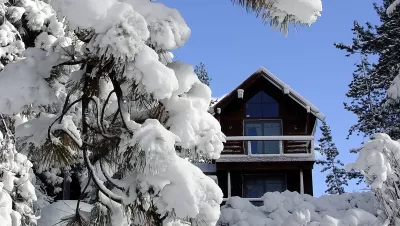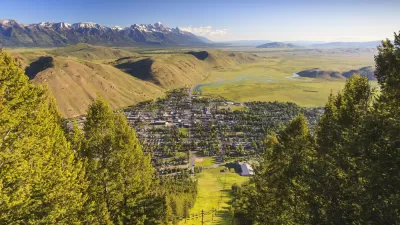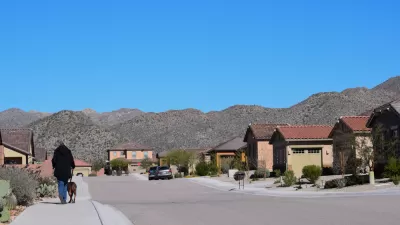Half of the nation's second homes are found in nine states, according to recent data analysis by the National Association of Home Builders, and building is likely to increase in vacation areas soon, according to one expert.

Na Zhao provides analysis and data for the National Association of Home Builders (NAHB) about the number nd location of second homes in the U.S. real estate market. While this report doesn't begin to speculate on how the COVID-19 pandemic and its effects might alter the second home market, it does provide the most recent available data (2018) about the geographic spread of second homes prior to the outbreak of the pandemic.
Here Zhao provides a summary of the data:
According to NAHB estimates, the total count of second homes was 7.5 million, accounting for 5.5% of the total housing stock in 2018, the most recent data available. As of 2018, the state with the largest stock of second homes was Florida (1.1 million), accounting for 14.5% of all second homes. South Dakota had the smallest stock, approximately 20,000 second homes, among all 50 states. Half of the nation’s second homes can be found in nine states: Florida, California, New York, Texas, Michigan, North Carolina, Arizona, Pennsylvania, and Wisconsin.
Zhao teases out more geographic distinctions and also notes one potentially surprising finding in the data: the concentration of second homes is not limited to conventional locations like coastal areas. "There were 932 counties spread over 49 states, where second homes accounted for at least 10% of the local housing stock," according to Zhao.
For some informed speculation about how these figures might change, Robert Dietz, chief economist for the NAHB, tweeted a prediction that home building is likely to increase in traditional vacation markets.
We'll have more on home building in traditional vacation markets soon (a part of the changing geography of housing demand analysis), but here's the benchmark data using the ACS. We classify 5.5% of the housing stock as vacation homes: https://t.co/MT5fuompum pic.twitter.com/s0GhwFPOyF
— Robert Dietz (@dietz_econ) October 16, 2020
FULL STORY: Nation’s Stock of Second Homes

Trump Administration Could Effectively End Housing Voucher Program
Federal officials are eyeing major cuts to the Section 8 program that helps millions of low-income households pay rent.

Planetizen Federal Action Tracker
A weekly monitor of how Trump’s orders and actions are impacting planners and planning in America.

Ken Jennings Launches Transit Web Series
The Jeopardy champ wants you to ride public transit.

Opinion: Transit Agencies Must View Service Cuts as Last Resort
Reducing service could cripple transit systems by pushing more riders to consider car ownership, making future recovery even less certain.

‘Smart Surfaces’ Policy Guide Offers Advice for Building and Maintaining Urban Tree Canopies
Healthy, robust tree canopies can reduce the impacts of extreme heat and improve air quality.

New Jersey Lawsuit Targets Rent-Setting Algorithms
The state of New Jersey is taking legal action against landlords and companies that engage in what the state’s Attorney General alleges is illegal rent fixing.
Urban Design for Planners 1: Software Tools
This six-course series explores essential urban design concepts using open source software and equips planners with the tools they need to participate fully in the urban design process.
Planning for Universal Design
Learn the tools for implementing Universal Design in planning regulations.
Heyer Gruel & Associates PA
Ada County Highway District
Institute for Housing and Urban Development Studies (IHS)
City of Grandview
Harvard GSD Executive Education
Toledo-Lucas County Plan Commissions
Salt Lake City
NYU Wagner Graduate School of Public Service





























